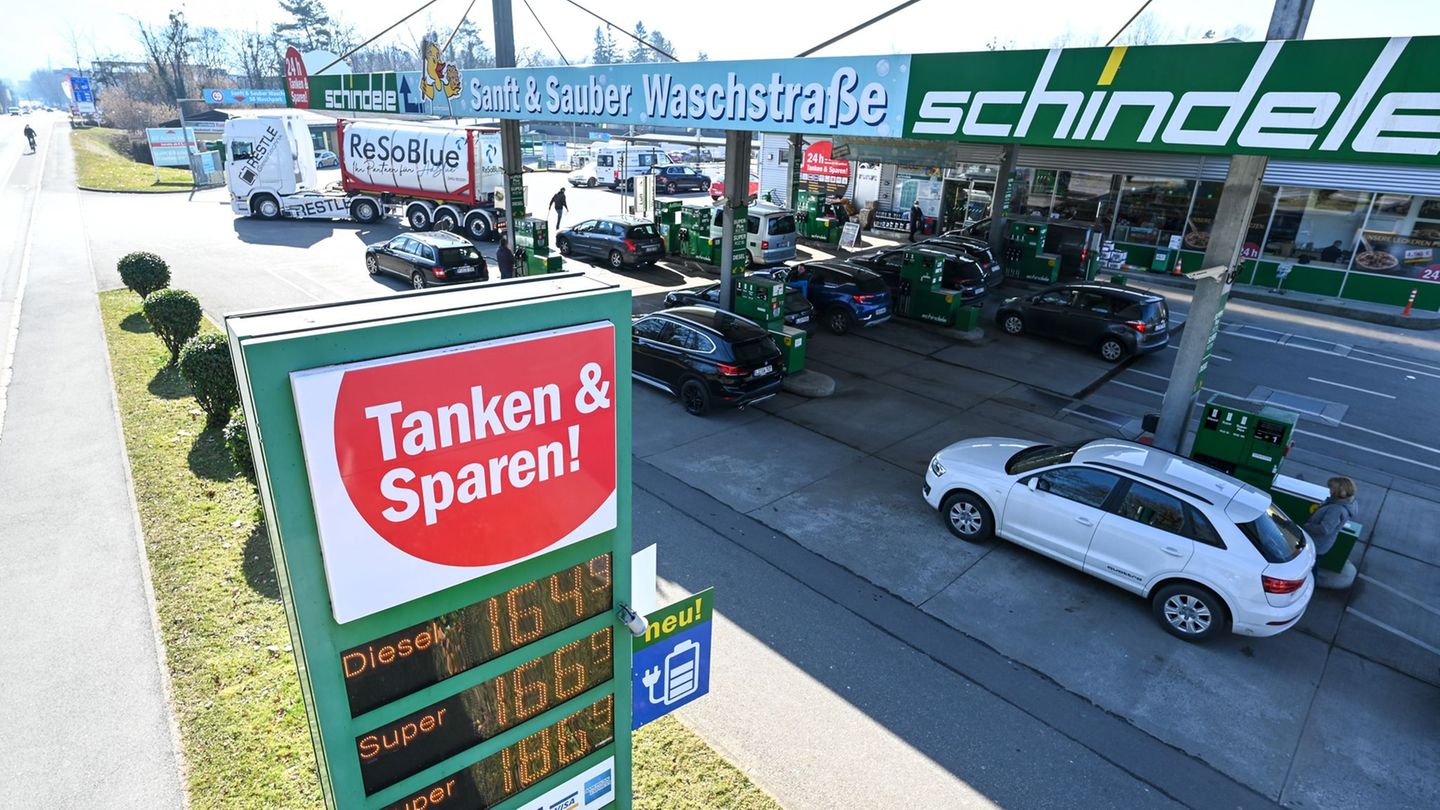While some regions are managing to stay afloat thanks to investments in key sectors, others are plunged into a deep crisis due to falling consumption. According to a report by the consultancy Econviews based on data from the Argentine Integrated Pension System (SIPA)), the private sector was the most affected, with a loss of 131,000 jobs.
The most affected and most resilient sectors
Within the private sector, Construction tops the list of most affected activitieswith a reduction of 73,000 formal jobs“Construction, historically pro-cyclical, has been particularly hard hit by the recession, aggravated by the paralysis of public works,” the report said, highlighting a 31.4% drop, surpassed only by the 2001-2002 crisis and the pandemic.
The The manufacturing industry also suffered a severe blow with the loss of 25,000 jobs. over the same period. Factors such as exchange rate appreciation, falling consumption and changes in the PAIS tax have contributed to a gloomy outlook for this sector, where the import of inputs and finished goods competes directly with local production.
Despite the widespread crisis, some sectors managed to create jobs. The agricultural sector has generated 11,000 new employees since October 2023. Mining and oil also show growth, although their share in total employment remains limited. Since 2021, when pandemic restrictions began to ease, these sectors have increased employment by 12%, driven by key investments.
youth unemployment.webp
Regional inequality: provinces in recovery and in crisis
Employment dynamics vary considerably between provinces. Those that lost the most formal private jobs in the last six months were:
Formosa: -11.4%
Land of Fire: -10.9%
Rioja: -9.1%
Santa Cruz: -7.8%
Buenos Aires: -2.5%
Santa Fe: -2.5%
Cordova: -1.7%
CABA: -0.8%
Mendoza: -0.3%
In contrast, provinces such as Neuquen and Jump They recorded a slight growth in the number of jobs, with 0.2% and 1.6%respectively. In addition, have seen an increase of 25.8% and 10.4% in employment in the last five yearsrespectively, thanks to investments in the sectors of oil, gas and mining.
This situation is expected to be repeated with the Implementation of the RIGI in provinces of the rest of the country to attract investments and promote domestic consumption, factors that will define the pace and magnitude of employment recovery in the coming years.
Unemployment is growing among the main concerns of Argentines
A global study by Ipsos on citizens’ concerns revealed that in Argentina what worries them the most is the inflationalthough the problem that has grown the most in recent times is the unemployment or fear of losing one’s job.
In Latin America, insecurity is the main concern, with the exception of Argentinawhere is inflation, and Colombiawhere unemployment leads the concerns
Although the inflation in Argentina remains a major concern, reaching 51% in June 2024, unemployment escalated rapidly, reaching 47% that same month. This increase puts unemployment close to surpassing inflation as the main economic concern.
Source: Ambito




